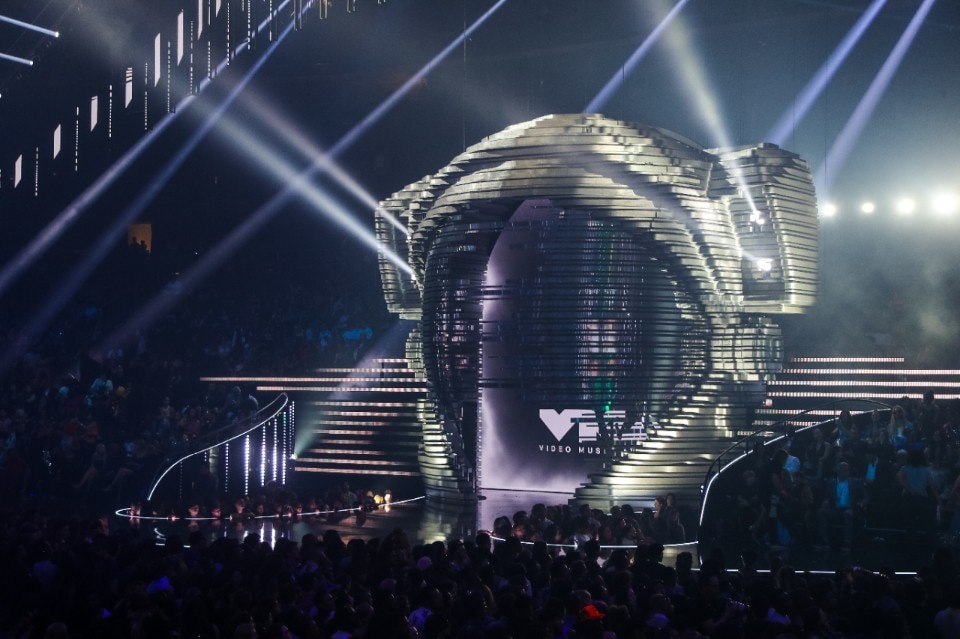What’s going on with TV – that otherworldly place that big TV shows are, to be precise – after a decade-long massification of on-demand and platform-based consumability of content, which must first be shareable and then imprison attention for those maximum 20 seconds after which we already move on to something else? Matt Steinbrenner, who just brought home a big hit by signing the set design for the MTV Video Music Awards 2023, building that visual nexus that for a few hours brought together names like Taylor Swift, Beyonce, Blackpink, Nicki Minaj, and Shakira, seems like the right person to ask. A young name but far from new on the scene, Steinbrenner has already made a name for himself since his collaboration on the 2008 Oscars, combining the search for innovation in design with the complex dynamics of the television galaxy by developing major productions, such as precisely the VMAs in the 2016 and 2021 editions.
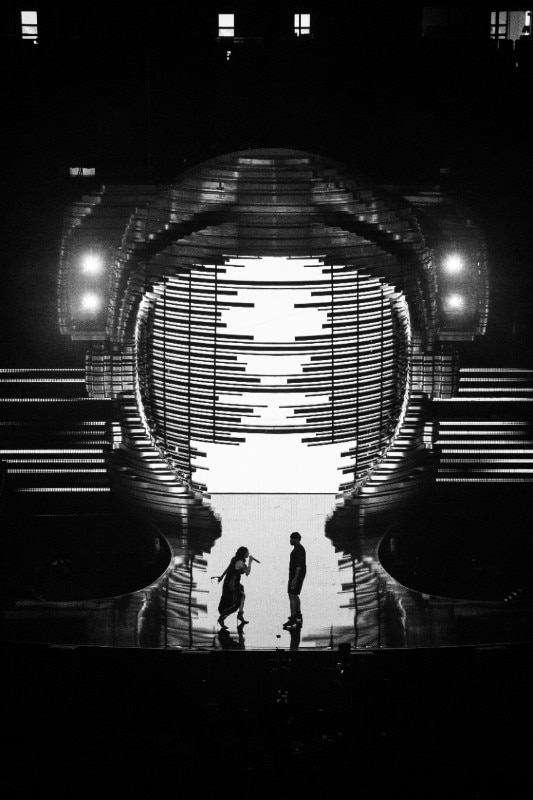
For 2023, it was a challenge of scale, he tells us right away, in an arena with a limited rigging capability, it involved placing the huge VMAs’ iconic helmet on a nearly 7-ton ballast, and integrating the show’s three stages – the central stage is where the awards are handed out – into one large sculpture “How audio waves are visualized was the jumping off point for the concept, audio waves ripping through the arena, and what would they leave in the wake of the show, as if we could freeze that moment and visualize audio, how would that look?”, and so the audio waves would come etching the Moon Man helmet all while escorting the entrance of all of the presenters on stage.
The thing that TV shows, especially the ones that I work on, offer, is that live moment, where the unpredictability still remains.
It was a monumental ritual celebrating pop culture, largely depending on how “pop” is seen by those who are conceiving and scripting the show. A true statement in pop visual design. “To me, the beauty of pop culture, is that it comes from the characters that are onstage. And as soon as we get into the live show, and you start to bring fans, actual audience into the room the energy level spikes tremendously, and the entire space takes on a whole new attitude: so, in a design perspective, how can we translate that energy from the room out through the television?” Steinbrenner recalls. “In VMAs, we try to incorporate fan energy, intermixed with the staging and the talent that’s onstage, so that it feels like there's no barrier between these celebrities that are creating the pop culture that we all follow live in the moment and those watching at home: they see people just like them, steps feet away from the celebrities themselves".
And, most surprisingly, the set design is not developed around the personalities taking part in the show: “We typically don’t even know really who’s going to be on the show until surprisingly late. My job as the production designer from the main set is to create the environment and the tone but also provide an environment that’s flexible enough in the performance areas that when Shakira wants to come in through a massive stone tunnel we can get that design inbuilt and onstage during the live show turnarounds.”
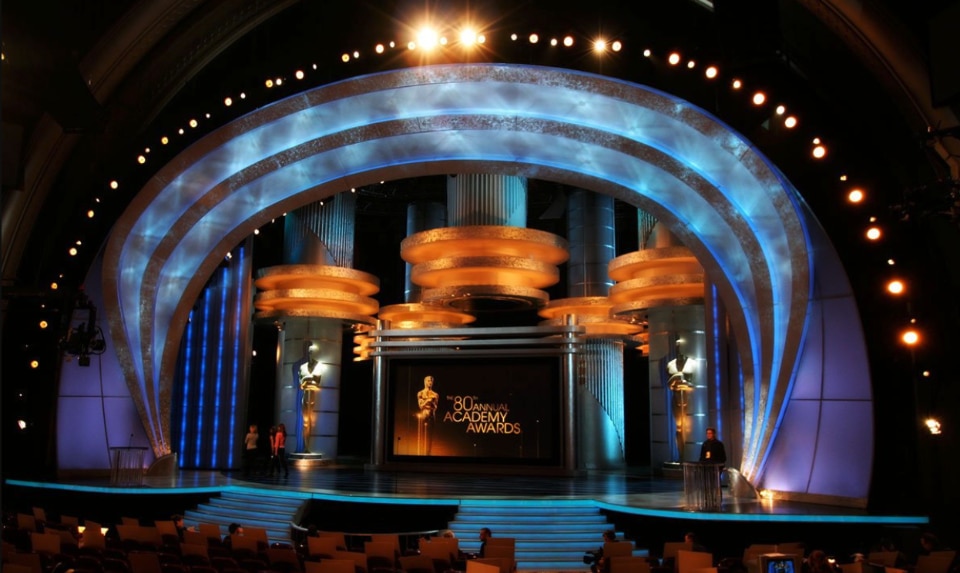
It might sound as some constantly extendable, rarely-changing approach, but as we said at the beginning, a lot has changed across Steinbrenner’s two-decade career, the sense itself of TV shows being questioned. Technology, first of all – “when I started in late 2006-2007, the video technology that was available for use in set designs was quite limited: standard video, LED panels, few creative LED tubes or different products – then, a shift in design taste, much more streamlined today.
My job as the production designer from the main set is to create the environment and the tone but also provide an environment that’s flexible enough when Shakira wants to come in through a massive stone tunnel we can get onstage during the live show turnarounds.
“Thinking back to the very first Oscars that I worked on in 2008” Steinbrenner recalls “the designer was Roy Christopher, who designed like 17 Oscars over his career, a genius scenic designer still from a very theatrical era of scenic design, almost operatic with huge Oscar statues on stage, lots of false perspective, very architecture-based with dome shapes and big scenic slabs that came out over the audience and incorporated the statue: That was both a huge honor to work with him, and the ending of an era. That was his last scenic design that he did for the Oscars before he retired. Then, when I worked with Derek McLane, a Broadway designer that had a much different approach to the stage design for the 2015 and 2016 Oscars, I participated of a new design, much finer detail, much smaller scale, scenic piece in repetition that making up large vistas on stage. That was another era already.
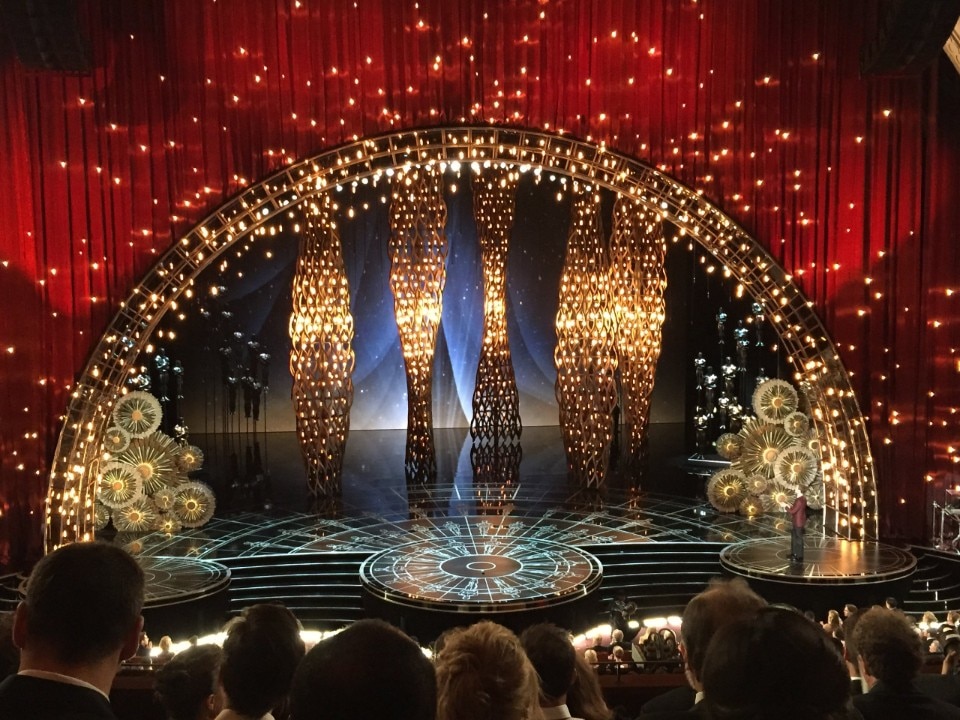
Steinbrenner’s life and career have evolved quite syntonically over the years, here is why he can outline what’s going on in TV show design in such an evolutionary key: “I started designing scenery in high school for theater, and it was literally as simple as I thought” he says “they told me ‘if you want to design some scenery, we don’t have any set designers here’. I had I’ve always been interested in design and art and loved playing with Legos and little dioramas that I would make as a kid out of a shoebox, and so all of that started to coalesce into to this way of designing these worlds that were super quick, we would come up with the idea, design it, build stone walls out of Styrofoam and paint and we’d do the show, then it would come down.
I enjoyed the absence of limits in terms of what needed to be real versus not real, the quick turnover from one show to another” Attending a conservatory in Cincinnati studying lots of theater and musical play I what then got him on the way to TV world: “I got a job with a designer in Los Angeles that did both television and theater. Through a course of very fortunate events, and being in the right place at the right time, I had kind of worked my way into a design firm called Tribe, doing a lot of concert design and TV award shows including the halftime show for the Super Bowl starring Prince. So I went from doing college theater and opera, to working on the most iconic halftime show maybe in history, in within a year of my life”.
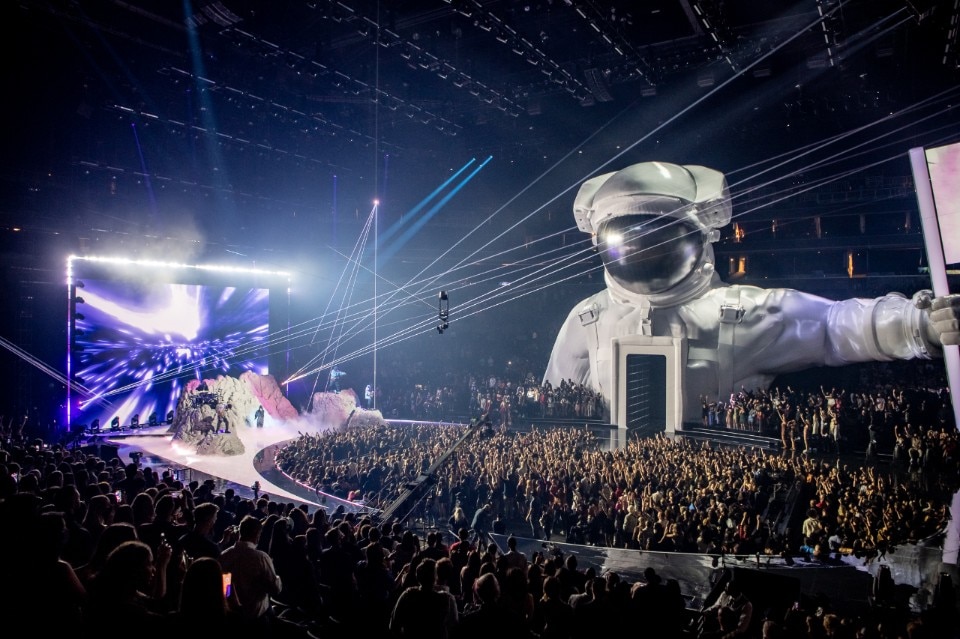
Still, a few years later, television has found itself facing the toughest challenge of co-existing with digital and social media. Not just a tech issue, rather than a true design question, like: is there any chance for TV in the contemporary? “I do think there is” is Steinbrenner’s statement-answer “The thing that TV shows, especially the ones that I work on, offer, is that live moment, where the unpredictability still remains.
We also know that a huge amount of the show is being consumed in small small bites and on people’s phones, so we pack the show with as much high energy moments as we can because we know that especially with social media, and just the amount of information people come across in their daily lives, everything needs to be consumable and full of energy and interest. And from a design standpoint, ironically, we’re, you know, we had been moving from 4:3 ratio to landscape format 16:9. Now we have to reintroduce vertical vision as well, considering both formats as part of the design equation even on the VMAs. This year, for the performance of a Kpop artist we cropped the image on screen to be an iPhone format.”
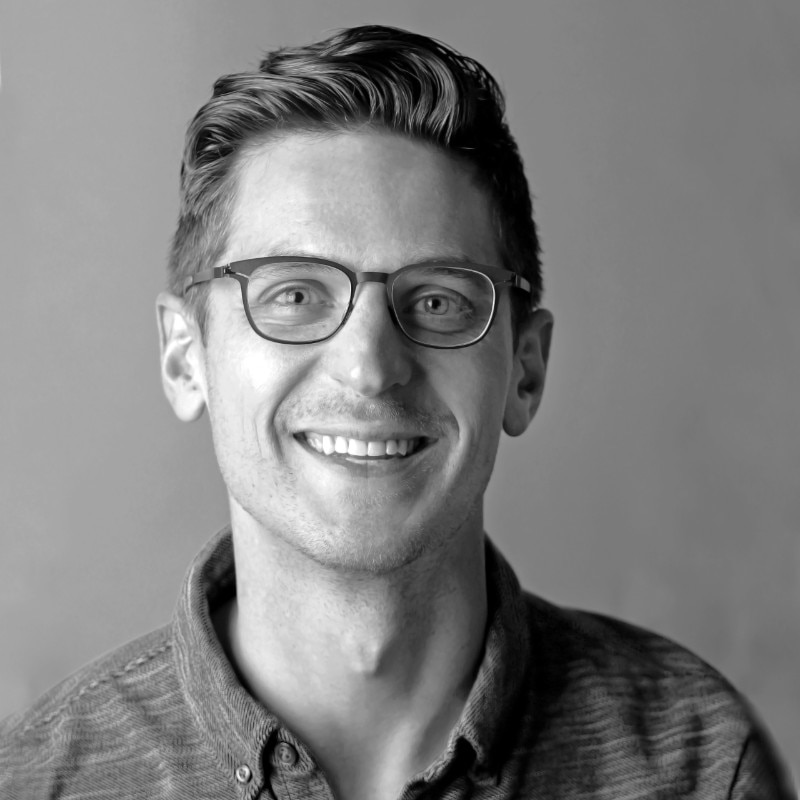
This would not be the toughest challenge Steinbrenner has been facing throughout his career, nonetheless. That was the 2021 VMAs, in times of late pandemic: a very ambitious scenic design, an enormous inflatable Moon Man, a lot of uncertainties and a late start, so it came to guts work, a lot: It was a little bit of what is probably the most use of gut reaction and instinct that I have had in recent memory, it was one of the most beautiful concept designs that that we’ve had on the VMAs, and we had no time to questions our own decisions, so we’re particularly proud of the success we had in acting instinctively”.
A project you’d like to work on?
“I would love to design the Oscars at some time. I’ve been able to work on it as a part of the design team. But being able to actually be the lead designer on it and have my creative vision be the thing that is realized on stage would be a huge honor”.
Opening image: Mtv VMA 2023. Photo Justin Schmalholz


